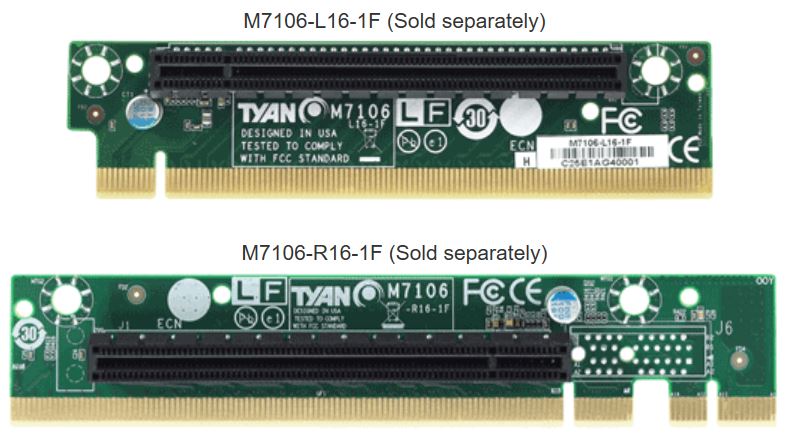- Server Mezzanine Slot Flb 1 4
- Server Mezzanine Slot Flb 1 7
- Server Mezzanine Slot Flb 1 5
- Server Mezzanine Slot Flb 1 6

A PCI Mezzanine Card or PMC is a printed circuit board assembly manufactured to the IEEE P1386.1[1] standard. This standard combines the electrical characteristics of the PCI bus with the mechanical dimensions of the Common Mezzanine Card or CMC format (IEEE 1386 standard)[2].
QuickSpecs HPE ProLiant BL660c Gen9 Server Blade Overview Page 1 HPE ProLiant BL660c Gen9 Server Blade HPE ProLiant BL660c Gen9 Server Blade – Internal View 1. Four hot-plug drive bays 7. ILO Management Engine 2. M.2 Option Connector 8. Mezzanine Slots (x16 PCI 3.0) 3. HPE BLc 12W Smart Storage Battery connector 9. Micro-SD slot 4. Nov 26, 2012 Now if we choose 1-a,1-b,1-c or 1-d in edit profile wizard then why do we get an option to select a SUS when you already know that the traffic via this flexNIC can only go through VC1 (as port 1 is hardwired to VC1) hence should’nt the only option be SUS1 which is created on VC1.Similarly for 2-a,b,c,d the SUS should be SUS2.
A mezzanine connector connects two parallel printed circuit boards in a stacking configuration. Many mezzanine connector styles are commercially available for this purpose, however PMC mezzanine applications usually use the 1.0 mm pitch 64 pin connector described in IEEE 1386[2].
Qlogic is being used as mezzanine card. Mezzanine cards of 6 of them are working fine but on the forth Blade (bay 4) is not detected, even though I have two mezzanine on them. I try look at the port mapping in onboard administrator but the port mapping option of the blade is uncheck and disabled (no card detected).
Server Mezzanine Slot Flb 1 4

A PMC can have up to four 64-pin bus connectors. The first two ('P1' and 'P2') are used for 32 bit PCI signals, a third ('P3') is needed for 64 bit PCI signals. An additional bus connector ('P4') can be used for non-specified I/O signals. In addition, arbitrary connectors can be supplied on the front panel of the chassis or case; also known as a 'bezel'.
The PMC standard defines which connector pins are used for which PCI signals; in addition it defines the optional 64 'P4' connector pins for use of arbitrary I/O signals.
It enables manufacturers to offer products that are compatible with the well-established PCI bus, but in a smaller and more robust package than standard PCI plug-in cards. The word mezzanine, derived from the Italian mezzanino and also commonly used to refer to a platform inserted between two floors of a building, describes the way in which a PMC fits between two adjacent host cards in a standard card rack, attached to one of the cards by connectors and mounting pillars. A single PMC measures 74 mm x 149 mm. The standard also defines a double-sized card, but this is rarely used.
Carrier cards that accept PMCs are usually made in the Eurocard format, which includes single, double and triple-height VMEbus cards, CompactPCI (cPCI) cards and more recently, VPX cards. One PMC fits on a standard 3U carrier card while 6U models (typical for VMEbus cards) can carry up to two PMCs. PMCs were also used in early ATCA systems prior to the advent of the Advanced Mezzanine Card or AMC.
For the PMC standard, I/O technologies account for much of the market, but various card functions are commercially available including Intel architecture and PowerPC processors, graphics cards, and memory cards. I/O cards are available such as serial communication controllers, SCSI controllers, graphics controllers and FireWire controllers.
Variants[edit]
Additional standards exist that define variants of the standard PMC. For example,

- PMC-X (PCI-X PMC) defined by the VITA 39 standard
- PPMC (aka PrPMC; processor PMC) defined by the VITA 32 standard. I.e. for allowing processors to have host or monarch, support on a PMC. Additional signaling is defined so that the PrPMC can work as the host processor on a PCI bus. The intention is to allow a monarch PMC to control the PCI bus. This is usually a requirement if the PMC is to act as a host processor module.
- CCPMC (conduction-cooled PMC) defined by the VITA 20 standard
- XMC, or Switched Mezzanine Card, (PMC with high-speed serial fabric interconnect) defined by the VITA 42 standard. XMC specifies a fifth connector ('P15') that supports PCI Express (VITA 42.3) or other high speed serial formats such as Serial RapidIO (VITA 42.2) and Parallel RapidIO (VITA 42.1).
- FMC – FPGA Mezzanine Card provides a standard mezzanine form factor that offers a flexible, modular I/O interface to an FPGA located on a host system baseboard or carrier card. For an overview read: Introducing the FPGA Mezzanine Card: Emerging VITA 57 (FMC) standard brings modularity to FPGA designs. VITA 57 defines both convection- and conduction-cooled FMC form factors.
References[edit]
Server Mezzanine Slot Flb 1 7
- ^'IEEE Standard Physical and Environmental Layers for PCI Mezzanine Cards: PMC'. IEEE STD 1386.1-2001: 1–14. August 2001. doi:10.1109/IEEESTD.2001.93279. ISBN978-0-7381-2830-6.
- ^ ab'1386-2001 - IEEE Standard for a Common Mezzanine Card (CMC) Family - IEEE Standard'. ieeexplore.ieee.org. Retrieved 2017-12-12.